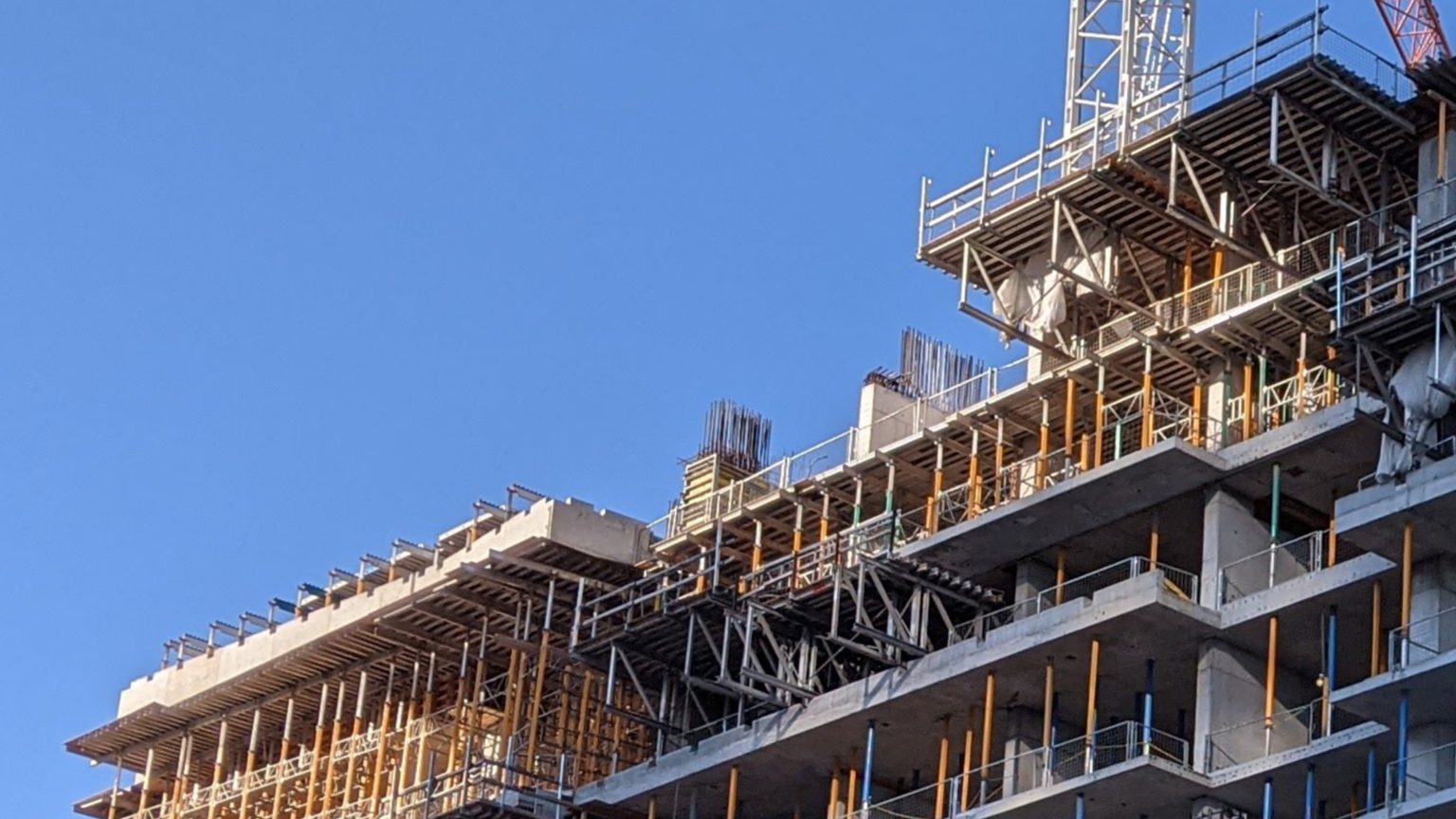Concrete Behaviour and Structural Design Laboratory

Reinforced concrete high-rise construction in Toronto, Canada.

Reinforced concrete is one of the most common engineering materials in use today. It is economical and practical, and its use in buildings and infrastructure enabled the great urbanization of the 20th century. But owing to the sheer amount consumed, concrete production is also one of the single-largest contributors to global CO2 emissions. We must therefore establish a new relationship with concrete for the 21st century and beyond.
At the Concrete Behaviour and Structural Design Laboratory (CONSTRUCT) we aim to improve our scientific understanding of this material in order to use it in a more responsible and sustainable way. We seek structural engineering solutions to the challenges presented by aging infrastructure and increased demand for new construction in a growing world. In particular, our research focuses on developing technologies and methods to extend the service life of existing concrete structures, and on ensuring that new concrete construction is designed for minimum embodied carbon and maximum lifespan.
Specific areas of research include improved mechanical modelling of reinforced concrete structures, the use of low-carbon alternatives to traditional Portland cement concrete, and design for adaptive reuse and longevity.